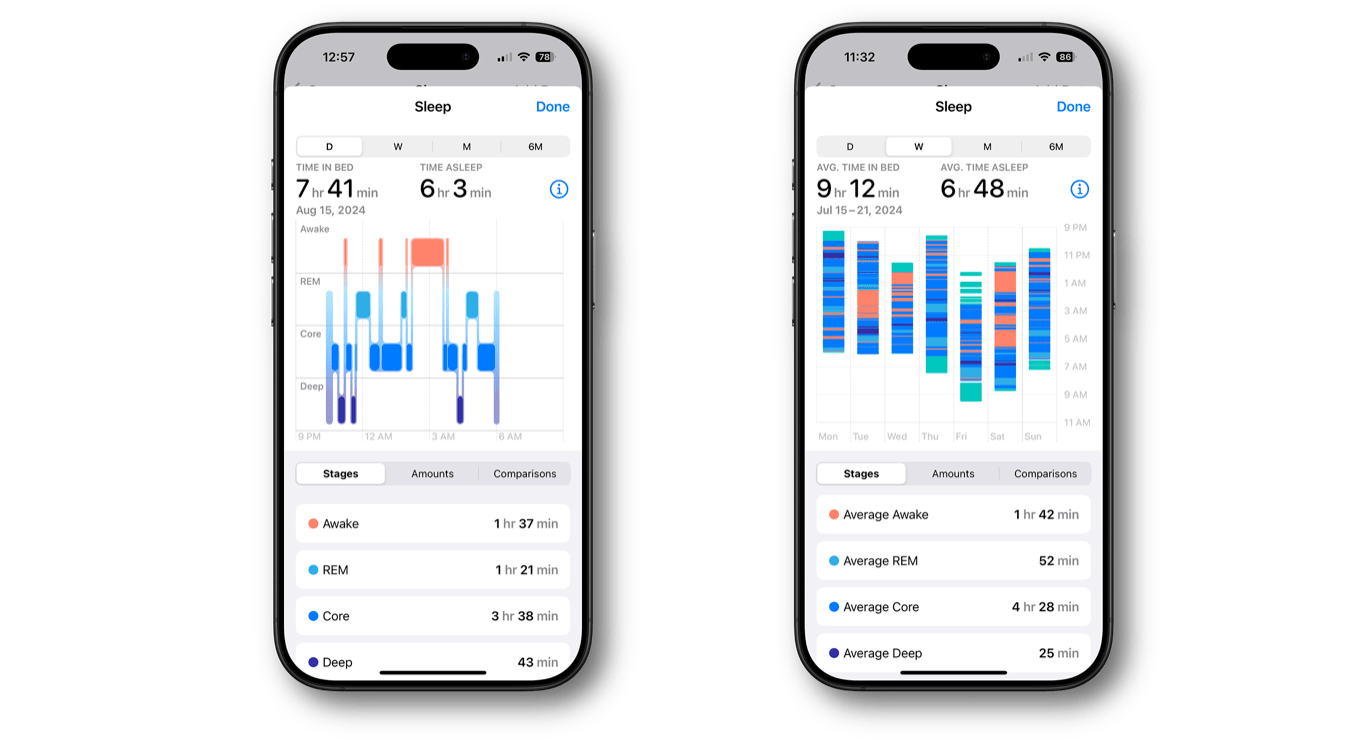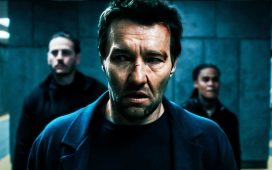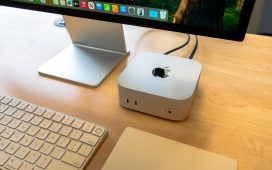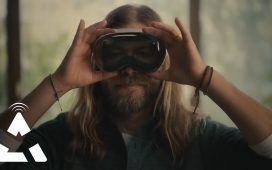
Jason wrote last week about his experience wearing an Apple Watch for sleep. He said he hasn’t gained a lot of actionable information from the data his watch gathered. My experience has been different.
I first tried sleep tracking with a Fitbit in 2017. I was able to note how much sleep I got each night, and some limited information about how well I slept. At the time, I didn’t mind that it wasn’t directly actionable. It was enough to understand something about my sleep patterns, and to know which nights of the week I tended to get the most rest. When I bought a used Apple Watch Series 4, I stopped wearing the Fitbit. Unfortunately, the Series 4’s by-then limited battery life meant I couldn’t easily sleep with it and wear it during the day, too.
When sleep apnea detection came to watchOS and newer watches, I eagerly snapped up a Series 9, ready to find out if a doctor’s speculation about my potential for apnea would be borne out by the watch. I have had bouts of insomnia, too, which I’ve always wanted to quantify for health care providers. At the time I started tracking, I was also going through a lot of life stress that I’m sure impacted my sleep. So was it apnea, or just stress?
I wasn’t looking forward to wearing a bulky Apple Watch to bed, but it was surprisingly unobtrusive. I got in the habit of taking off the watch at mid-evening and putting it on the bedside charger so it would be ready at bedtime. If you create a sleep focus with your preferred bedtime, your phone and watch will helpfully tell you when to put it on the charger to be sure the battery will last all night.
Of course, the Apple Watch will tell you how much sleep you’re getting, and how much time you’ve spent in bed. But it’s much more interesting to know how long I’ve spent in various stages of sleep. Was I getting enough deep sleep – the kind that is most restful – and how often was I waking in the night? On nights when my insomnia was bad enough to pull me out of bed and into a chair to listen to a podcast until I was sleepy again, how much sleep time was I losing? And how was awareness of my own stress experiences resonating with my sleep patterns?
I began to see patterns almost immediately. At the time I started sleep tracking, my awake periods were consistantly coming at around 2 a.m., lasting an hour or more. On good nights, I was averaging two periods of deep sleep, usually an hour or more removed from when I woke in the night. I also had data to show what I already felt was true. On Sunday nights, before a work week, I’m often a restless sleeper. On Saturdays, after a relaxing evening cooking dinner and watching movies with my spouse, I tend to sleep well, aided by the lack of an alarm the next day.
The next step was to check for sleep apnea. To do this, you track your sleep for 30 days in a row. The Health app will let you know if you have elevated breathing disturbances, and how often, along with your respiration and heart rates. According to Apple, it’s likely that I have moderate sleep apnea. When the test period is done, I can create a PDF showing my watch data, to share with my doctor.
As it happens, I’ve been tested for sleep apnea, and I have it. What I learned from my watch is how that condition manifests itself in terms of my breathing, and my ability to feel refreshed after fitful sleep. I’ve also learned how different those numbers look when I’m extremely tired, and manage to get a full night’s rest without waking. I tend to have fewer breathing disturbances.
I guess the question is: What do you call actionable data, and how different is it than awareness of your own patterns and trends? Sure, I learned what sleep apnea looks like for me. But even understanding my own deep patterns, both on individual nights, and over weeks or months gives me data I can use or share at my next doctor visit. If I stay up very late because I’m not sleepy at my normal bedtime, I might pay a price in tiredness the next day, or it might be two days before that happens. If I have an alcoholic drink before bedtime to help me get to sleep, chances are that my sleep, while it comes more quickly, will be restless. So I’ve learned that a nightcap isn’t really a great idea for me. I have better luck if I take melatonin, though there are right ways and wrong ways to use it.
I also altered my charge/watch-wearing routine to make sleep tracking easier. When I wake up in the morning, I keep my watch on until I get to my desk. I put the watch on a charger there, and return it to my wrist when the phone notifies me that it’s fully charged. This usually happens before I get up from the desk for the first time each morning. This setup lets me track all of my sleeping and waking activity without running out of juice.
[Shelly Brisbin is a radio producer and author of the book iOS Access for All. She’s the host of Lions, Towers & Shields, a podcast about classic movies, on The Incomparable network.]
If you appreciate articles like this one, support us by becoming a Six Colors subscriber. Subscribers get access to an exclusive podcast, members-only stories, and a special community.








